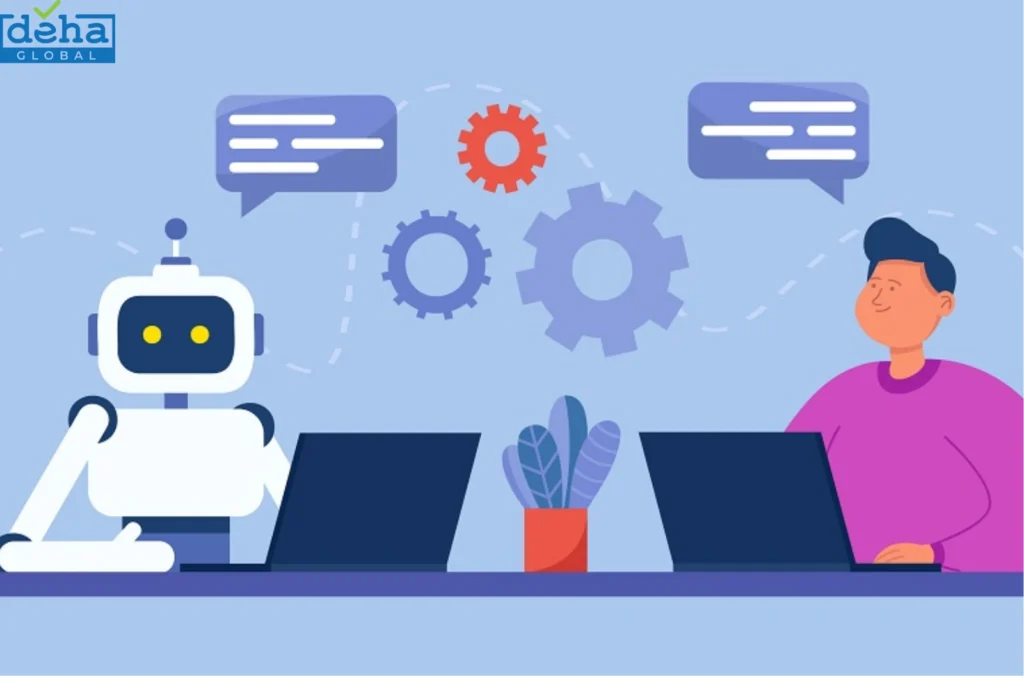5 Major Challenges In Building AI MVP In 2025
April 01, 2025


In the last few years, companies of all sizes have increasingly applied Artificial Intelligence (AI) to their business models to maintain a competitive edge in the intense marketplace. As a result, developing an AI Minimum Viable Product (MVP) has become a strategic approach to validate concepts and accelerate time-to-market.
However, deploying an AI MVP from scratch is not simple, and many potential obstacles are ahead. To help you deal with such issues, this article will introduce you to the top five challenges encountered when building an AI MVP in 2025, providing insights and strategies for effectively navigating these complexities.
Since there are lots of obstacles and difficulties in building the AI MVP, I will only focus on the five main challenges that can significantly impact your business:
The effectiveness of AI models heavily relies on high-quality, relevant datasets. Poor data quality, characterized by inaccuracies or biases, can lead to unreliable AI outcomes. For instance, an AI system trained on biased data may perpetuate those biases, resulting in unfair or incorrect predictions.
A real-world example is Apple’s attempt to integrate Baidu’s AI models into iPhones sold in China, where challenges in understanding and responding accurately to large language models posed significant obstacles, potentially impacting product performance in that market.

Implement Data Governance
Without a well-defined strategy and clear objectives, AI projects risk misalignment with business goals, leading to wasted resources and suboptimal products. This lack of direction can result in AI solutions that do not address actual business needs and fail to deliver value.
For example, many CEOs have expressed anxiety about their AI strategies, fearing job loss within two years if they fail to achieve meaningful AI-driven results, highlighting the critical need for a clear and effective AI strategy.
Seamlessly incorporating AI solutions into current infrastructures is complex. Compatibility issues can cause operational disruptions, leading to inefficiencies and increased costs. Apple’s collaboration with Baidu to integrate AI models into iPhones in China faced significant challenges, particularly in understanding and response accuracy, potentially impacting product performance and sales in that market.


Incompatible Legacy Systems
The specialized nature of AI development requires skilled professionals. A shortage of such talent can hinder project progress and innovation. For instance, many Australian companies struggle to transition AI projects from pilot phases to full production, missing out on AI’s potential benefits due to a lack of skilled personnel to effectively implement and scale these technologies.
AI projects often demand substantial financial investments; scaling these solutions can be resource-intensive. Without careful planning, costs can escalate, making projects financially unviable.
For example, companies are cautious about adopting AI due to its resource-intensive nature and the risk of investing in non-beneficial use cases, emphasizing the need for AI to deliver clear returns on investment before widespread adoption.


Adopt Cloud-Based AI Services
Those are the five main challenges you may face during the AI MVP building process. Make sure you can identify the actual issue and match the appropriate solutions.
If you fail to overcome the above challenges, you may likely face several consequences, such as:
Overall, businesses need to have some clear strategies for building an AI MVP, depending on the scale and requirements of each company.
To give you a closer look at how major brands apply AI to their MVP-building process and what challenges they face, I will present some real-life examples below:
Launched in 2018, Quibi was a short-form streaming service that aimed to revolutionize mobile video consumption. Despite raising $1.75 billion and securing A-list talent, Quibi failed to gain traction and ceased operations by December 2020. Contributing factors to its failure included a misalignment between its AI-driven personalization features and user preferences, leading to low engagement and rapid subscriber loss.


Quibi was a short-form streaming service
Lessons Learned:
The BeeQuick transportation app aims to optimize delivery services using AI for real-time routing and scheduling. However, its algorithms failed to manage dynamic routing, resulting in delays and customer dissatisfaction. The inability to meet user expectations led to a swift decline in adoption and eventual shutdown.



BeeQuick transportation app aims to optimize delivery services
HealthSync was a digital health platform that leveraged AI to provide personalized fitness and nutrition recommendations. Launched in 2019 with significant funding, the platform aimed to revolutionize personal health tracking. However, its AI-driven insights often generated inaccurate or irrelevant recommendations, leading to frustrated users who lost trust in the product. Additionally, a lack of real-time adaptability caused users to abandon the platform, ultimately leading to its shutdown in 2022.
These cases underscore the importance of aligning AI capabilities with user expectations, thorough testing, and the agility to adapt strategies based on feedback.
DEHA Global offers specialized AI MVP Development Services designed to transform innovative ideas into market-ready products by leveraging Artificial Intelligence (AI) technology. An AI MVP, or Minimum Viable Product, focuses on developing a streamlined version of an AI-driven product with essential functionalities, allowing startups to test feasibility, gather user feedback, and penetrate the market effectively.
DEHA Global provides a comprehensive suite of services to support businesses in their AI MVP development journey:



DEHA Global’s AI MVP Development Service
By offering these tailored services, DEHA Global addresses common challenges in building AI MVPs, such as financial constraints, technological hurdles, and infrastructure support. Their expertise enables startups to develop initial product versions cost-effectively and swiftly, facilitating quick market testing and validation.
This strategic approach enhances product appeal to customers and investors and ensures alignment with market needs and expectations.
This blog explored the top five challenges in building an AI Minimum Viable Product (MVP) in 2025, including data quality issues, unclear strategies, integration difficulties, talent shortages, and cost constraints. Developing a clear strategy tailored to each business’s specific scale and requirements is essential to navigate these challenges successfully.
Remember to read our blogs regularly to update the latest knowledge and tips for building AI MVPs effectively.